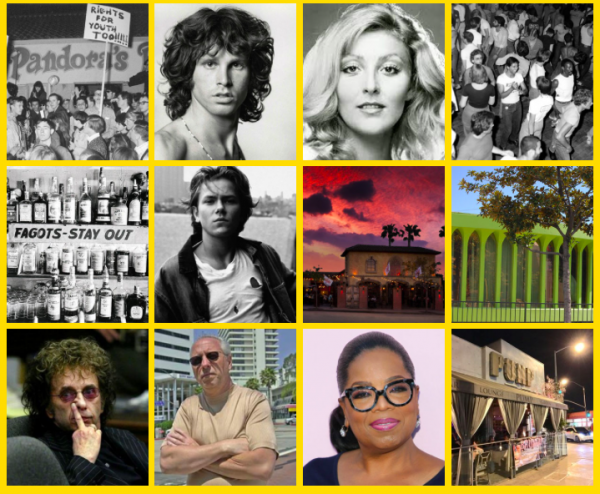
That camel barn on Melrose Place. The celebrity-packed restaurant where Comedy Store is now located and where Frank Sinatra got headlines for assaulting a journalist. Art Linkletter’s bowling alley on Santa Monica Boulevard (which in its later years Cher came to roller skate and where today you can get a prescription filled) and Jim Morrison’s room at the Alta Cienega Motel. Then there’s the building on Sunset that private-detective-to-the-stars Anthony Pellicano allegedly planned to blow up, and the Viper Room, where River Phoenix took a fatal overdose.
The list goes on and on: From 3,500 years ago when the Tongva tribe called our land home to 1890 when Victor Ponet, the Belgian banker bought land now known as Sunset Plaza that his family still owns. Then let’s jump way ahead to 1966 when the riot on the Sunset Strip helped make it famous, and to 1970s and the welcoming of Russian-speaking emigres from the old Soviet Union who called West Hollywood’s Eastside home. And of course there was the successful battle for cityhood, which brought together groups as disparate as gay men, senior citizens and those who feared eviction because of rising rents. Throughout the city’s history it has been home to fierce rallies by local residents in opposition to discriminatory state and federal laws such as a ban on same-sex marriage and Donald Trump’s treatment of undocumented immigrants.
Few cities of West Hollywood’s size have histories (and architecture) as rich and storied as ours. Officially chartered in 1984, West Hollywood is often thought of as a young city. In fact, its history has deep roots in California’s Spanish and Mexican past, and its development as a regional transportation hub began more than 125 years ago with the establishment of the village of Sherman. Thirty years later residents changed the name to West Hollywood to reflect the city’s increasingly important role as moviemaking center and a playground to the stars.
Known worldwide today as a prime travel destination, a center of LGBT life and the home of the iconic Sunset Strip, West Hollywood’s success has come at a price: A fading sense of history. Now, as the former Sherman village progresses in its second century, the need to memorialize its storied past is increasingly urgent. It is a story that demands to be told.
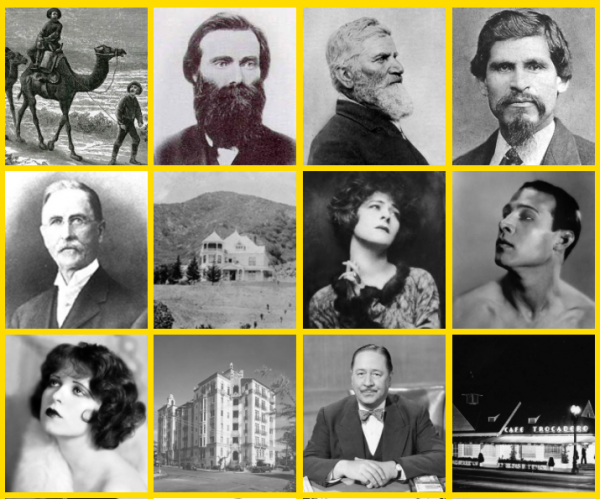
This writer, local historian Jon Ponder and others have been working for about two years on a plan to preserve and tell that story that will add chapters as the years go by and be accessible to anyone in the world. Ponder is creator of the hit podcast “Hollywood and Crime,” the former editor of Gore Vidal’s website and co-founder of the Alla Nazimova Society
We are doing that by creating the West Hollywood History Center, a not-for-profit organization dedicated to interpreting the unique history of the Creative City, presenting it to the public and preserving it for the future. To that end the Center will produce and promote local history-related projects in a variety of formats and platforms. The nexus of these will be a world-class virtual museum that will tell our story to the city, the nation and the world using the latest ever evolving technology.
Museum without Walls
The Center’s virtual museum (click here for a detailed explanation) will feature dozens of online permanent exhibits that interpret our history using photographs, text and state-of-the-art immersive technology and call out the architecture of notables such as Leland Bryant, Rudolph Schindler, Cesar Pelli, and Oscar Niemeyer, to name a few.
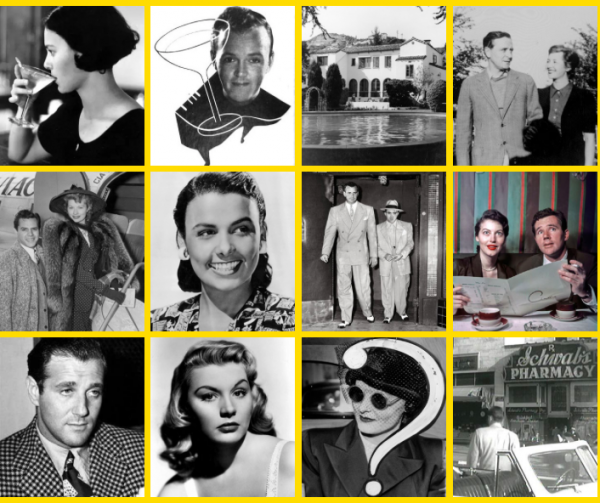
The Center also will seek opportunities to engage the public with the city’s history. For example, we advocate establishing the Sunset Trail, a series of illustrated historic markers at key sites along the Sunset Strip. The markers will be a boon for visitors and locals alike and greatly enhance the pedestrian experience on the Strip. We aspire to develop an app that our residents and visitors can use to learn the stories behind the city’s buildings and parks as they walk down its sidewalks.
Other community engagement opportunities under consideration include pop-up exhibits of artifacts in public spaces and at events, a history-in-the-schools program, readings by authors of books about local history, a film festival and other events and seminars.
Finally, our vision for the future includes the ultimate development of a brick-and-mortar history museum and visitors’ center. Toward that end, the Center will locate and catalog historically significant artifacts for eventual inclusion in the West Hollywood Museum collection.
We are in the process of creating a board of directors for the Center, whose non-profit application is still in the works, along with a community advisory board. We have been fortunate to have garnered interest in this project from Jeff Seymour, who provides consulting services in governmental, land use planning and public policy analysis. (He’s also someone who grew up in this city and knows its history well.)
Others with a passion for history who have joined our working group are Ruth Williams, Amanda Laflen, Gus Heully and Bob Bishop. We continue to look for more advisors who will help us expand our focus. And we will continue to present the concept to civic leaders such as Tony Melia, Paul Arevalo, Jason Illoulian, Genevieve Morrill, Fred Anawalt, John Duran, Keith Kaplan, and Tom Kiely, whose feedback has been valuable.
We have been reaching out to the creators of other projects such as Andy Sacher, whose Lavender Effect is dedicated to preserving LGBT history, and Councilmember Lindsey Horvath and Barbara Grover, who are putting together a series of video interviews with those instrumental in creating the city in 1984. We also want to invite the Russian-speaking community to collaborate with us. The idea is for our broadly focused and far-reaching project to call out attention to their more narrowly focused and specific efforts.
We believe this project is important for several reasons. One is that evolution is inevitable, and much of what we and previous generations have loved about this city has
This purpose of this announcement is to inform the residents of West Hollywood and who don’t live here but love WeHo about this endeavor. We would love to hear your ideas about the project and what it should include. Feel free to send them to me at Info@WEHOville.com And when we get our non-profit status confirmed, we hope you’ll offer your financial support to it as well.
Here’s a list of our current working group members:
BOB BISHOP
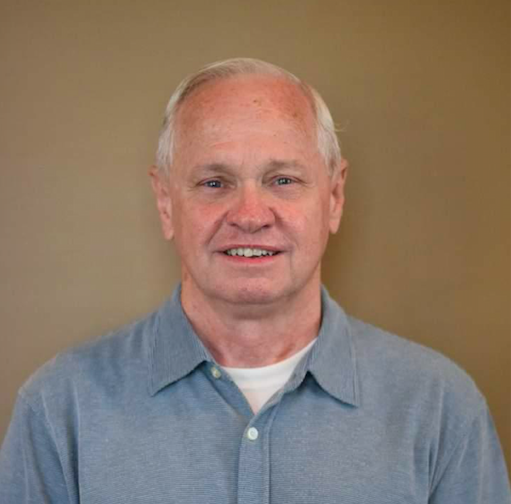
Bob Bishop brings a journalist’s eye for the unusual and an historian’s requirement for accuracy to a popular series of local history articles he has written for WEHOville.com since 2015. He lived in West Hollywood for 22 years before relocating to his home state of Mississippi recently. While in West Hollywood, he was active in neighborhood and business groups, as well as charities including Project Angel Food and Pets are Wonderful Support.
A former public relations manager and journalist, Bishop retired from Northrop Grumman Corp. in Redondo Beach, Calif, where his success publicizing space exploration satellites the company designed and built for NASA earned him numerous awards from the Public Relations Society of America and the International Association of Business Communicators. As a journalist, he worked for the Sun-Herald, a daily newspaper in Gulfport-Biloxi, Miss., and Electronic News, a national trade paper based in New York City covering the computer industry. Bishop received a Bachelor of Science degree in Communications from the University of Southern Mississippi in 1973.
GUS HEULLY
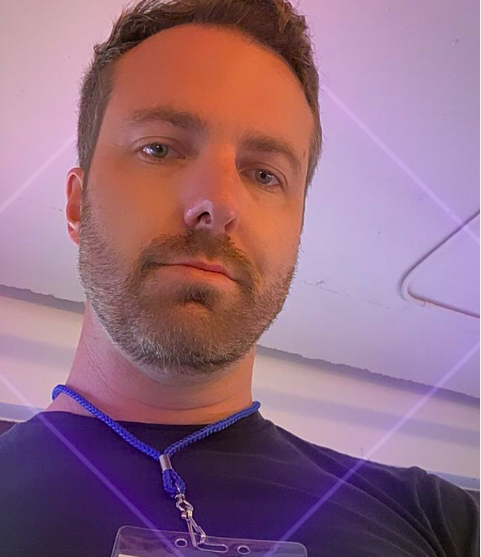
Gustave (Gus) Heully is an architect, writer and West Hollywood resident. His writings for WEHOville and West Hollywood Magazine have often focused on digging up pieces of West Hollywood’s obscure or unusual architectural and urban history.
It was Gus’s work that confirmed that the circular green building at 8760 Sunset Blvd. actually was designed by Oscar Niemeyer, the world famous architect known best as the creator of Brasília, a city inaugurated as Brazil’s capital in 1960 that is distinguished by its white, modern architecture.
Gus’s stories have answered countless questions about West Hollywood –explaining what those “Well WeHo” plates in the sidewalk are all about and why there are so many Tudor style buildings on Sunset Boulevard and telling the real history of the CVS building on Santa Monica at La Cienega, which used to house the skating rink that Cher adored.
Gus also is a talented architecture critic whose work for WEHOville has included an assessment of the buildings in Plummer Park, a critique of the Prism Gallery on Sunset and of the Westime building on Sunset, which Heully deemed more of a shipwreck than a flagship. And of late, he has become a talented comic book artist.
AMANDA LAFLEN

Amanda moved to Los Angeles from Indiana in 2002 and began working at Mels Drive In on the Sunset Strip. Working there as the general manager gave her insight into the history of the Strip and she recognized the need for preservation of the history of our city.
Mels stands out on Sunset Boulevard and in West Hollywood for its classic Googie design. It opened in 1997 in a building once occupied by the Ben Franks, a restaurant that was a favorite hangout in the ‘60s for rock ‘n rollers like Frank Zappa and the Rolling Stones.
The building had been slated for demolition to make way for a strip mall, and the decision of Mels owner Steven Weiss to move into the building saved it. The City of West Hollywood has declared it an historic landmark.
Amanda currently resides in West Hollywood and is the chair of the West Hollywood Public Safety Commission.
JON PONDER
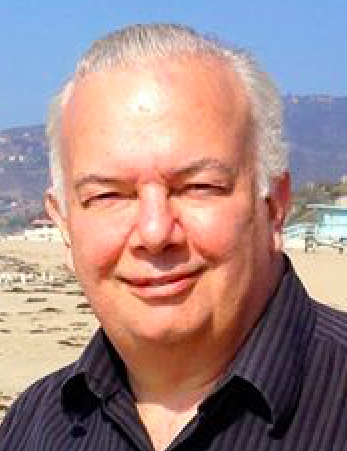
Jon Ponder is a creator of the hit podcast series, “Hollywood & Crime.” He also writes about history for WEHOville.com and on his website, “Playground to the Stars.” He was the editor of Gore Vidal’s official website and worked as a researcher on Hugh Hefner’s never-finished autobiography. In addition to a lifelong interest in history — particularly the history of Los Angeles — Ponder has had a 30-plus year career in advertising, marketing, promotion, and website development. A resident of West Hollywood since 1998, he is vice president of the West Hollywood Historic Preservation Alliance and a co-founder of the Alla Nazimova Society.
JEFF SEYMOUR
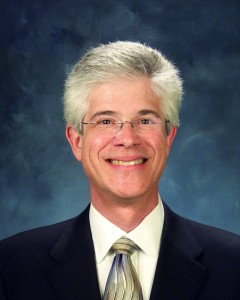
Jeffrey A. Seymour heads the Seymour Consulting Group, providing consulting services in governmental, land use planning, public policy analysis and ordinance studies. Prior to establishing his business, he served as senior deputy to Los Angeles County Supervisor Edmund D. Edelman and was vice president of Bank of Los Angeles. Jeff serves on the board of directors of the UCLA Foundation and the West Hollywood Library Foundation, where he serves as chair. In the past he served as a regent of the University of California, president of the U.C. Alumni Association, the UCLA Alumni Association and a member of the Santa Monica Mountains Conservancy. And Jeff grew up in West Hollywood.
HENRY (HANK) SCOTT
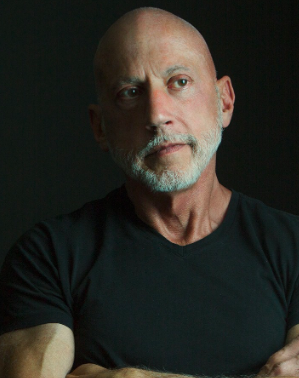
Henry Scott, president and founder of West Hollywood Media Company, publisher of WEHOville.com and WHM magazine, has decades of experience in media, communications and marketing. In 2003, he helped Metro International S.A., the London-based originator of the free daily newspaper concept, launch its highly successful New York City edition. Earlier as president of Out Publishing, he turned around the financially troubled publisher of largest-circulation quality gay magazine. He also served as publisher of Atlanta’s Creative Loafing weekly newspaper. In 1994, he launched The New York Times Company’s first online venture and developed and managed The Times’s first foreign-language edition, published in Russian from Moscow. He was the member of The Times Company’s senior management charged with developing a digital media strategy for the company.
RUTH WILLIAMS
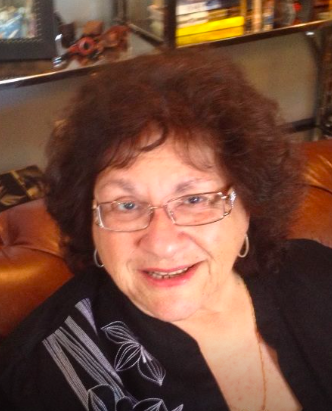
Ruth has served as a Public Safety Commissioner for over 20 years and is recognized as one of the founders of the City of West Hollywood, having served on the West Hollywood Incorporation Committee (WHIC). A resident since 1948, Ruth’s history of activism and involvement includes: serving on the first Rent Stabilization Commission helping draft WeHo’s first rent control ordinance in 1984, being a member of the Eastside Redevelopment Committee at its inception, helping establish rent control in Los Angeles County as a Coalition for Economic Survival Steering Committee member in the 70’s. Ruth has served on the boards of Good Neighbors (of which she was a founder), MECLA (Municipal Elections Committee Los Angeles) and the National Women’s’ Political Caucus L.A. Westside. She was chair of the Fairfax High School Alumni Association and the Fairfax Business Association, where she currently is vice chair. She is a founder of Save Our Sheriff and the Alliance of Citizens for the Eastside. Ruth also helped create the West Hollywood Democratic Club over 30 years ago, proudly serving several terms as vice president and president.
Ruth is the recipient of numerous awards including: West Hollywood Democrat of the Year, Gerda Spiegler Member of the Year Award, West Hollywood Senior Advisory Board Award and the 2010 Los Angeles County Older American Recognition Day Award for her extensive work on behalf of senior citizens (she founded the first Citizens for Seniors in West Hollywood following Cityhood. Ruth is most proud of being the recipient of Congressman Adam Schiff’s Woman of the Year Award (46thCongressional District) in March 2014.

Born on Fairfax and Santa Monica Blvd 1947 lived at 822 Clark Street then 838 Larabee, grew up on the streets of Larabee, Palm and Cynthia, and these streets were occupied with Mexican families. Attended West Hollywood and played at West Hollywood Park, and the train yards. Had good times with friends, except the negative experience with The Sherriffs who harassed us , jailed us, falsely, thrown us around physically, told us to go back to Tijuana. Between ages 6 and 12 when we were der, they Planted drugs in our cars, needless to say, memories of West Hollywood was… Read more »
The Troubador’s recording artists could be an entire exhibit in the history of West Hollywood.
West Hollywood needs to move forward. What it was……it not what it is today.
Thank you WEHOville and the West Hollywood History Center. The Laurel House would be a great brick-and-mortar location for the museum.
Unfortunately not really appropriate for this type of collection and likely traffic in a residential neighborhood.
We moved to Weho in 1968. The article doesn’t mention a very important group that was part of West Hollywood–Holocaust Survivors.
That will be a part of the project. The story merely describes the intent of the project. It doesn’t include all of its elements
Great idea. Love it!
Agree. Minor quibble (since this is about history). The Sunset Strip was world famous long before the 1966 riot. Well known in 30s and 40s, 77 Sunset Strip on TV in late 50s elevated it further (first I recall hearing of it as a midwestern kid).
Ciros, the Trocadero, watering holes on the Strip where the stars went to be seen, believe the time frame was the 40s into the 50s. Then a whole other era “77 Sunset Strip”.